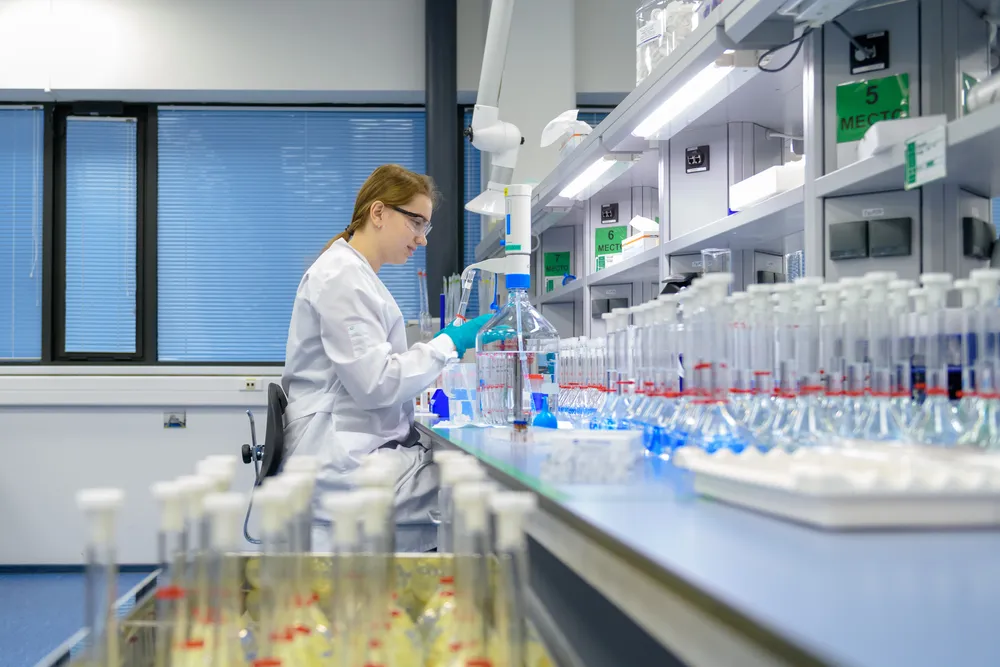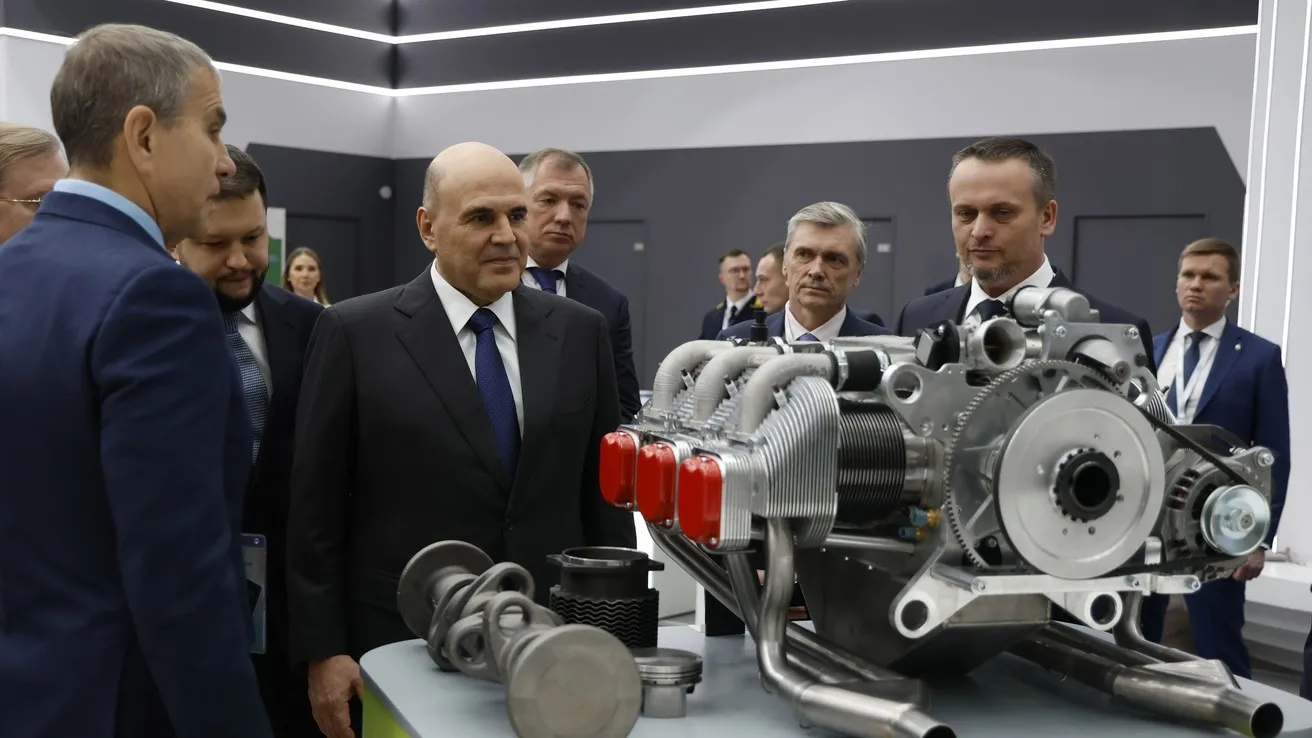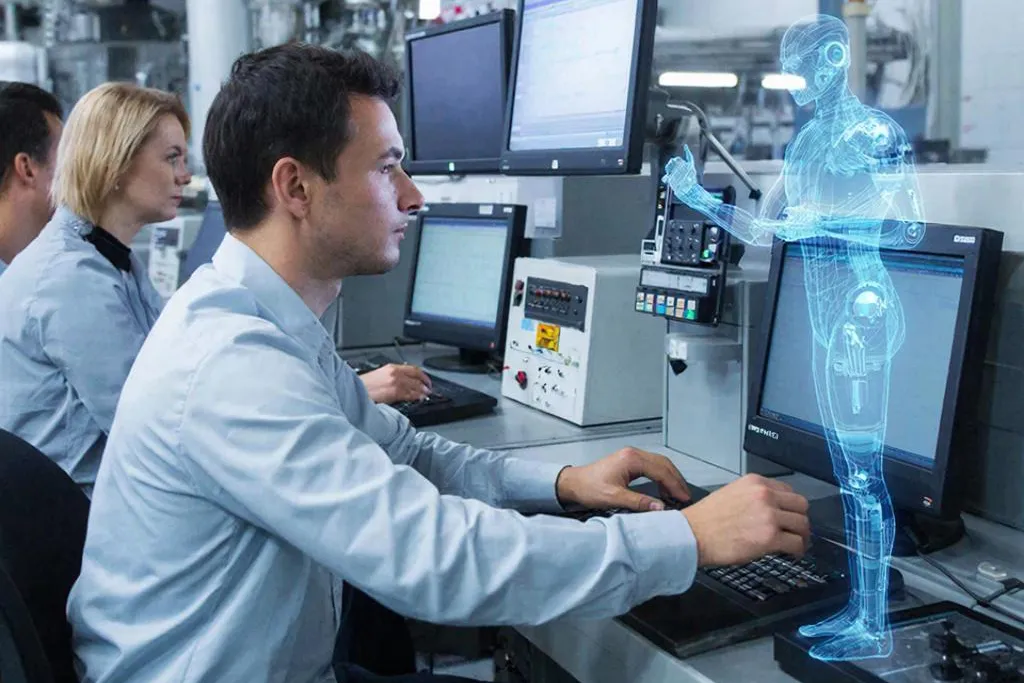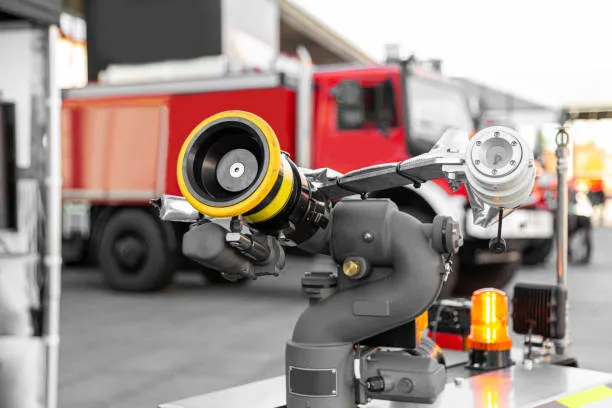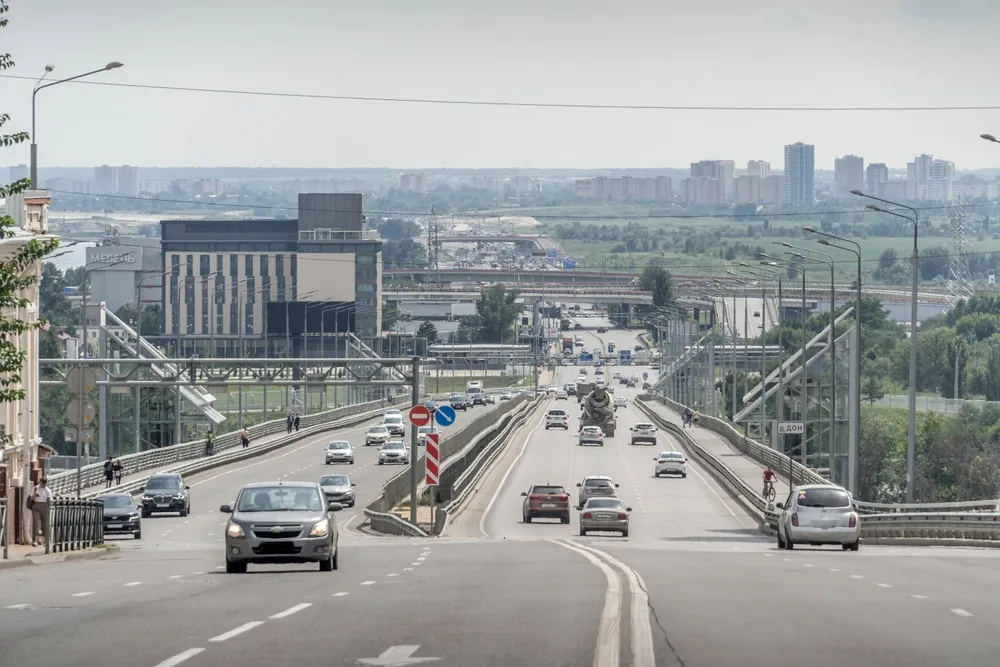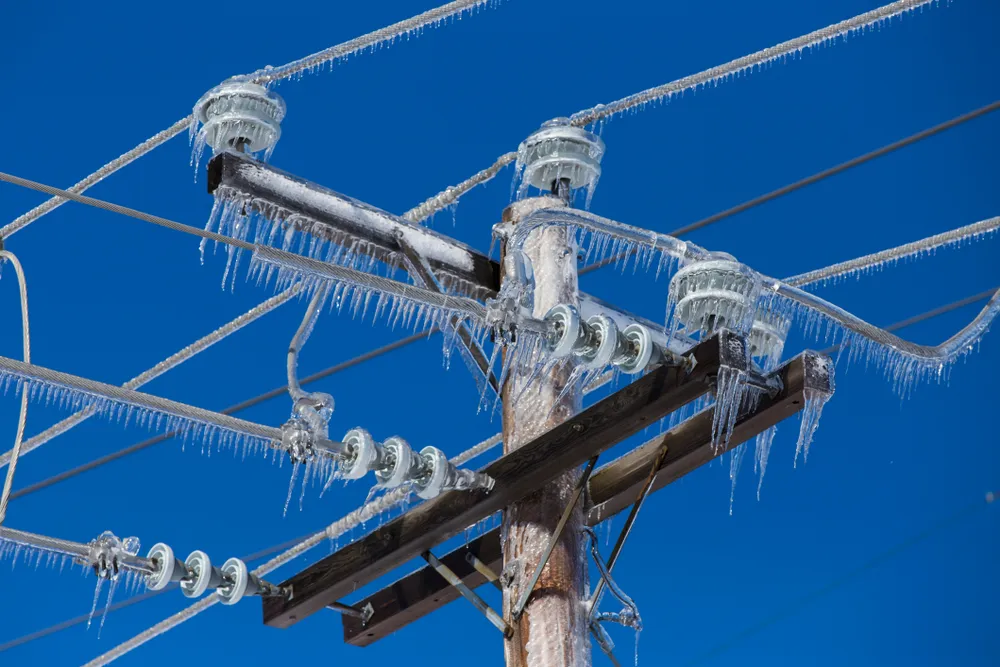Russia Learns to Extract Arctic Oil Without Harming Permafrost
A digital twin of an oil well predicts its optimal operating mode with 95 percent accuracy.
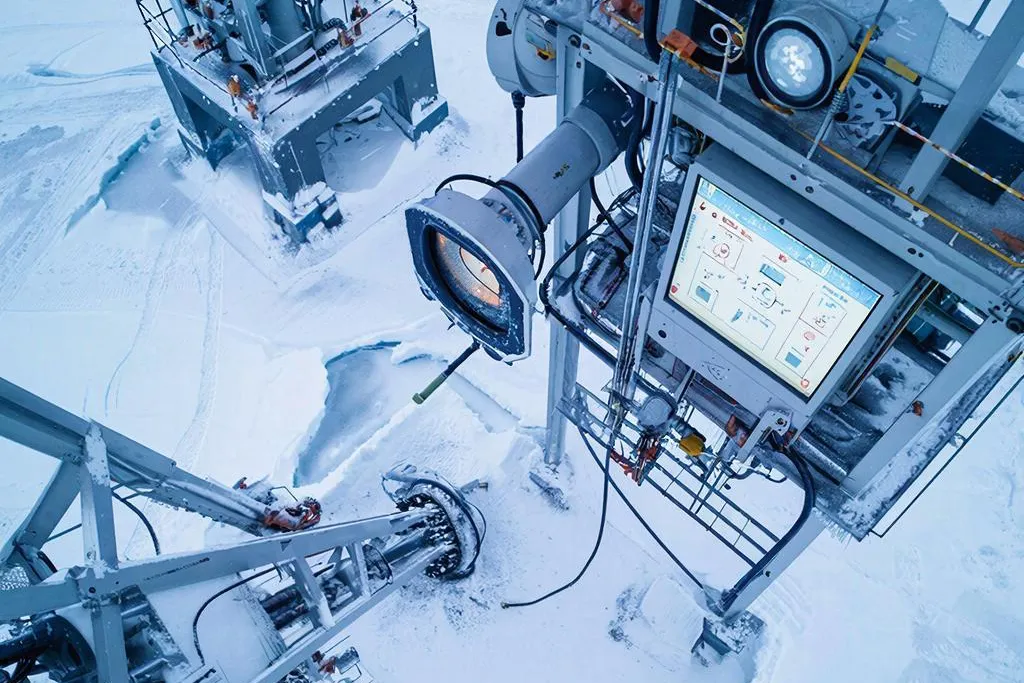
A Digital Twin for the Arctic
Researchers at the Perm National Research Polytechnic University have developed a technology that allows safe extraction of highly viscous Arctic oil without melting permafrost. The system is built on a digital twin of the well—a high‑precision virtual model that calculates heat distribution and delivers thermal energy directly to the oil reservoir, minimizing the impact on frozen soil.
This innovation is critical for the future of Russia’s oil sector. According to the Ministry of Natural Resources, more than 70 percent of unexplored reserves lie in permafrost regions, where traditional extraction methods face a fundamental challenge. Arctic oil is extremely viscous, requiring the reservoir to be heated—most often with hot steam—to bring it to the surface. But this heat melts the permafrost, the natural “foundation” of infrastructure, causing well deformation, accidents, and severe ecological damage.
Engineering Heat Without Melting the Ground
The key scientific challenge was not to abandon steam but to use it with maximum precision. Heat must be directed strictly to the oil layer while reducing the risk of ground subsidence. Although insulated pipes—similar to thermoses—are used today to protect the permafrost, engineers lacked a model to calculate the exact insulation level needed for each individual well. Without this, companies often overspent on insulation or, conversely, risked safety.
The researchers’ breakthrough is the world’s first full 3D digital model of heat and mass transfer processes inside and around an Arctic well. The system simultaneously calculates heat propagation through all layers of the well and surrounding rock.
Testing confirmed the model’s exceptional accuracy. In the most intensive heating mode—up to 273°C—the predicted results matched real‑world data by 95 percent.
Environmental Protection Through Precision
The new system enables engineers to determine optimal steam temperature, flow rate, and required insulation parameters for each specific well. This boosts the economic efficiency of Arctic oil extraction while significantly reducing the ecological risks associated with permafrost degradation.
The technology marks a major step toward environmentally responsible energy development in the Arctic—an area where precision is crucial not only for profitability but for long‑term environmental stability.














